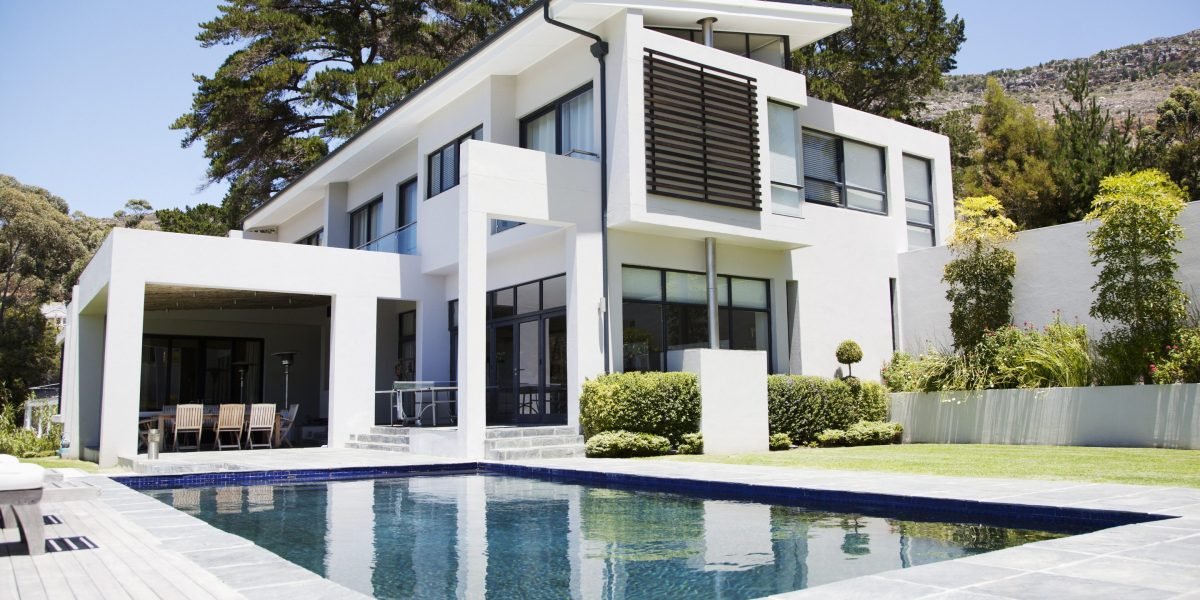
It feels a little absurd to say newly built homes are cheaper than existing homes, which have been lived in for years, but it’s true. Per square foot, new homes sold for $3.50 less than existing homes in May. It might not sound like much to you, but it is the largest discount in at least six years, according to Zillow.
If you’re looking at two homes that are 2,000 square feet, the difference between the two would be $7,000. You’d be paying more for an older home that’s been lived in and might even need remodeling. Before the pandemic, newly constructed homes “commanded a serious premium,” according to Zillow, between $15 and $22 more per square foot than existing homes. So for two homes that are 2,000 square feet, the difference was at least $30,000—the premium for a completely new home, unused and likely modern.
“New builds have only been less expensive per square foot than existing homes in five other months since the start of 2018, and this is the biggest savings seen yet,” Zillow said, adding that March was the last time new construction was more expensive per square foot.
There are metropolitan areas where the difference between the two is even more substantial. In San Diego, the per-square-foot discount for new homes is $57.10, per Zillow; in Salt Lake City, it’s $53.60; and in Los Angeles, it’s $52.40. It’s a more than $40 difference in Austin, Washington DC, and Tampa, too.
On the other hand, there are places where the price per square foot is much more expensive for new homes. In San Jose, it’s a $216.60 premium; in San Francisco, it’s $137.10; and in Milwaukee, it’s $87.60. Zillow didn’t explain why there are such considerable differences, but it is interesting to see some of California’s most costly cities on two separate sides of the new home versus existing home equation.
This isn’t to say the total sales price of new homes is cheaper than existing homes. In fact, new-build properties are about $54,000 more than existing homes, according to Zillow. But the math for comparing prices is changing as lot sizes for new homes and the share that are detached or are condos has evolved over recent years.
“Today’s new construction buyers are getting significantly smaller lots than those in prior years, and the lot-size advantage of buying existing homes is growing,” Zillow said.
Existing home prices are 52% higher than they were before the pandemic, while new home prices are only 26% higher. We all know home prices skyrocketed during the pandemic-fueled housing boom. But when the Federal Reserve raised interest rates to combat scorching hot inflation, mortgage rates rose considerably from their historic lows. Would-be sellers held onto their homes, and now there’s 33% fewer existing homes for sale than the pre-pandemic norm, according to Zillow, which noted the deficit is far greater in many markets.
While prices for existing homes soared, homebuilders offered incentives to bring back demand, whether it be via mortgage rate buydowns or simply building smaller homes. And in May, the median sales price of new houses sold was $417,400, below the median existing-home sales price of $419,300.
For a time, the new home market surpassed the existing home market in terms of sales (particularly as existing home sales fell to an almost three-decade low last year). But the most recent new home sales reading showed they dropped to a six-month low in May, kind of unexpectedly. Both existing home sales and new home sales for June are slated to be released this week, so we’ll see if there’s any shift in either pace.




